
Despite years of progress and evolution, electricity supply, power cuts, and high electricity bills remain a challenge for many households in Tanzania. Unreliable power can sometimes leave people without heated water for days on end.
Due to this, people are turning to solar energy as a more reliable, inexpensive, and ecologically friendly alternative. Solar water heaters are the new path to efficient hot water distribution with a reduced carbon footprint. However, for optimum effectiveness, here are some things you need to know about solar water heaters.
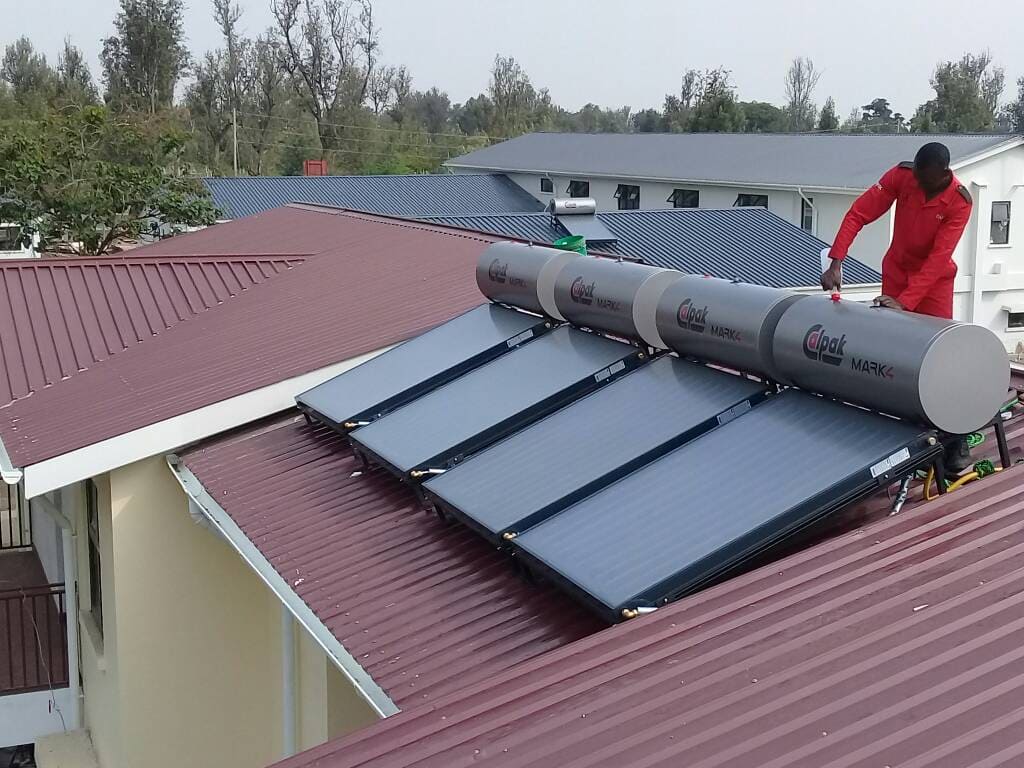
Solar water heaters are devices that capture thermal radiation from the sun to heat water. Contrary to popular belief, a solar water heater differs greatly from a solar panel. While photovoltaic panels transform energy from sun rays into electricity, solar heaters simply transfer the thermal energy from the sun to an absorber where the water is heated.
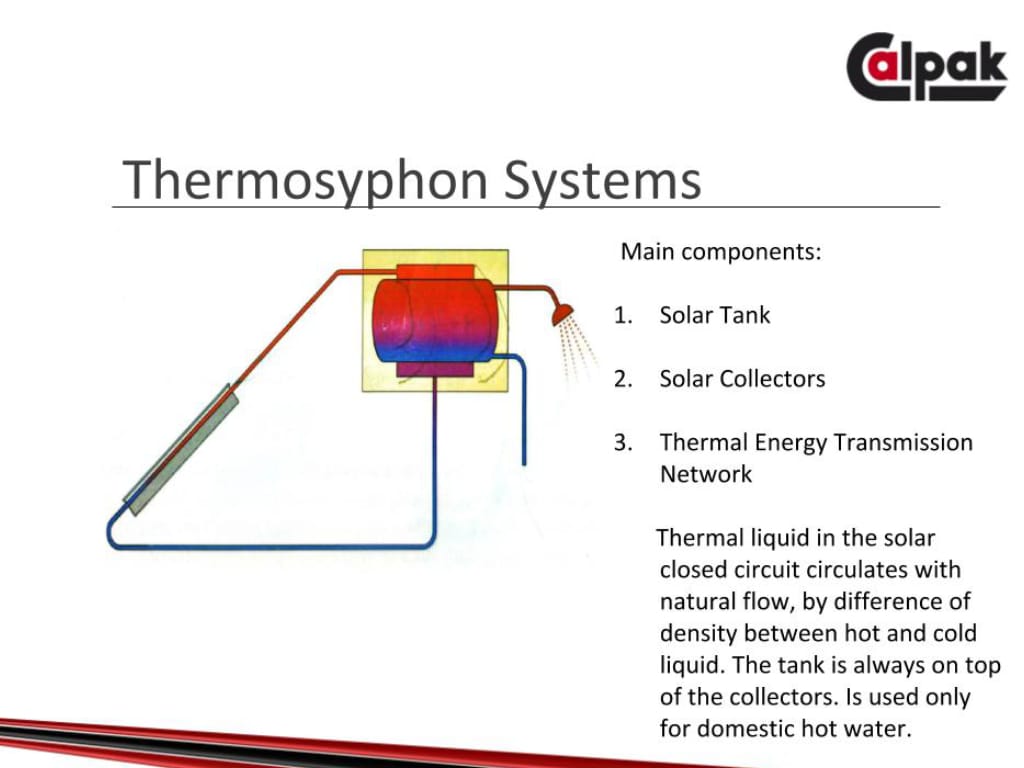
All basic solar water heating systems are made up of a solar collector, a tank, and a circulation system. Solar Water Heaters use a collector, usually placed on your roof, to gather thermal energy from the sun. A heat transfer fluid is passed through the collector and heated as it moves along the copper tubes inside it. The circulation system then passes this collected heat to the water tank.
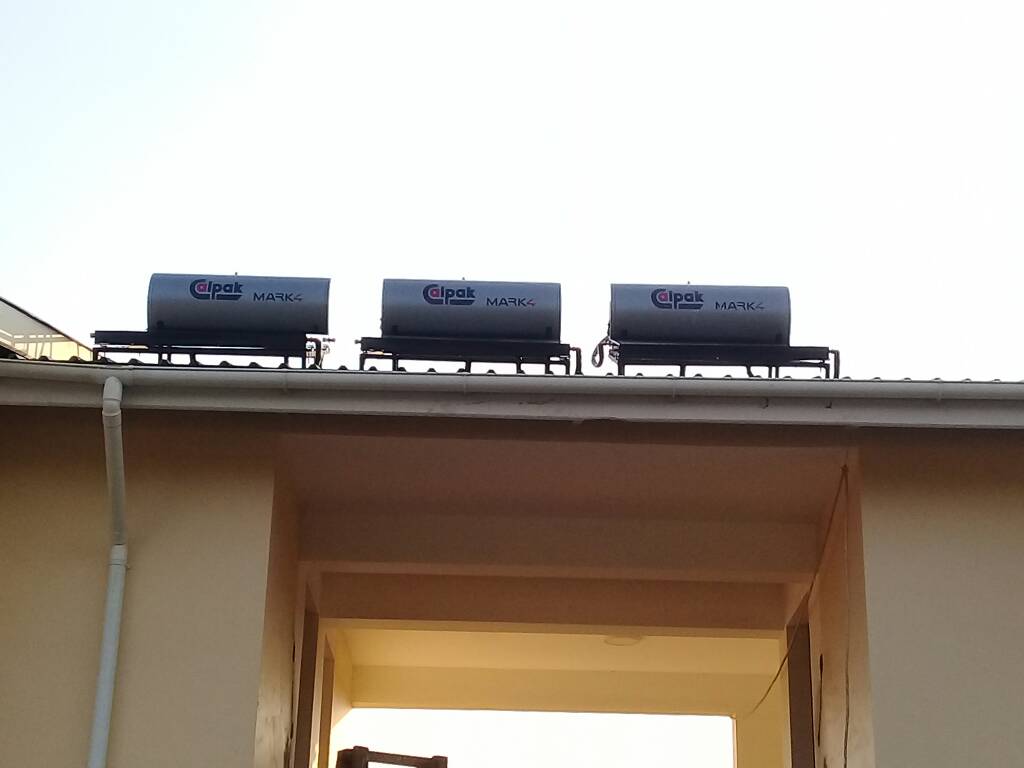
Direct and Indirect systems can be differentiated by the liquid which flows in their collectors. For a Direct system, the household water which will come out of your tap is passed through the copper pipes in the collector to heat them directly.
In an Indirect system, a heat-transfer fluid, such as anti-freeze solutions or diluted water, is passed through the collector and a heat exchanger transfers this heat to the tank while ensuring this fluid does not come in contact with your water.
Active systems usually use pumps to circulate the fluid through the system, whether household water or anti-freeze liquid. A temperature controller also monitors the difference in the temperature of the water in the tanks and in the collector. The controller will switch on the pump when the collector temperature reaches a specific higher level compared to the tank temperature.
An Inactive system relies solely on gravity and heat convection to circulate the water or fluid. The storage tank should thus always be set up above the collector to ensure convection.
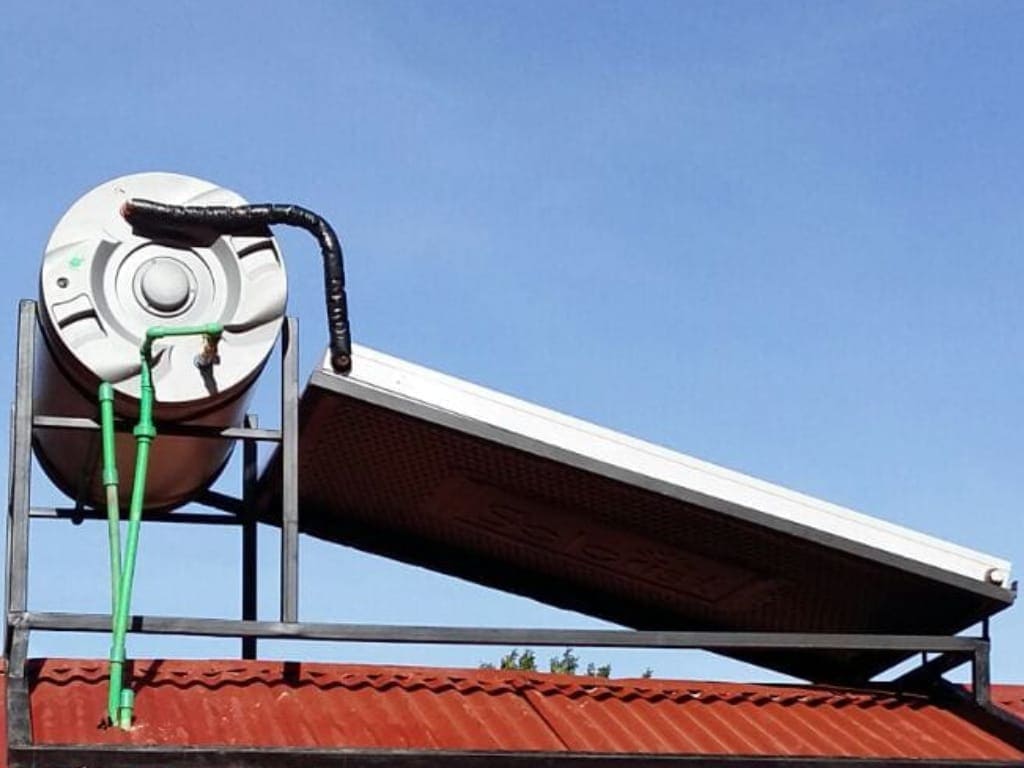
One of the factors people tend to overlook when choosing a solar water heater is the water source. However, determining whether your water source provides ‘soft’ or ‘hard’ water is an essential step to finding the perfect water heater.
‘Soft’ water refers to treated water with barely any minerals. A Direct heating system is usually recommended as the water is suitable to be circulated through the heating tube or pipes directly.
However, ‘hard’ water is rich in minerals such as calcium, which may deteriorate your collector in the long run. They require an Indirect system as the heat-transfer fluid goes through the collector copper pipes instead of the water. The water is then heated through the heat exchanger.
There are two main types of solar collectors, namely the Flat Plate Collector (FPC) and the Evacuated Tube Collector (ETC). Both models can be used for either Direct or Indirect systems.
An FPC is mostly made of copper and aluminum. This type of heater is best suited for tropical regions as it has high conductivity and emissivity. However, this makes it a poor heat retainer and thus, unsuitable for colder areas. FPCs are also known for their durability.
On the other hand, ETC is not suitable for tropical areas because of no thermal emissions. However, while they are usually less expensive than FPCs, they also have a shorter service life.
Plumbing is also an important part of solar water heating. There are multiple requirements and mechanisms such as two-way piping, which should be taken into account. However, inexperienced plumbers might overlook such details and cause you much trouble in the long run. It is, thus, essential to contact a recognized company when changing your plumbing to adapt to solar energy heating.
While choosing the tank for your solar water heater, it is important to select the right water capacity to fit your needs. Most tanks used for residential purposes are usually within the range of 150 to 300 liters.
You should also be sure to pick a tank that can withstand and retain heat for long periods. It should be made of thick metal such as cast iron and possibly be coated with enamel to prevent corrosion.
Service life can also be referred to as the lifespan of the solar conductor. When purchasing your solar heating system, you should ensure that you are getting value for money. The average lifespan for a regular solar water heater is around 20 years. A reliable contractor will offer expert advice on the best type of system for your home to ensure the longest service life. They will also provide a proper warranty for their equipment.
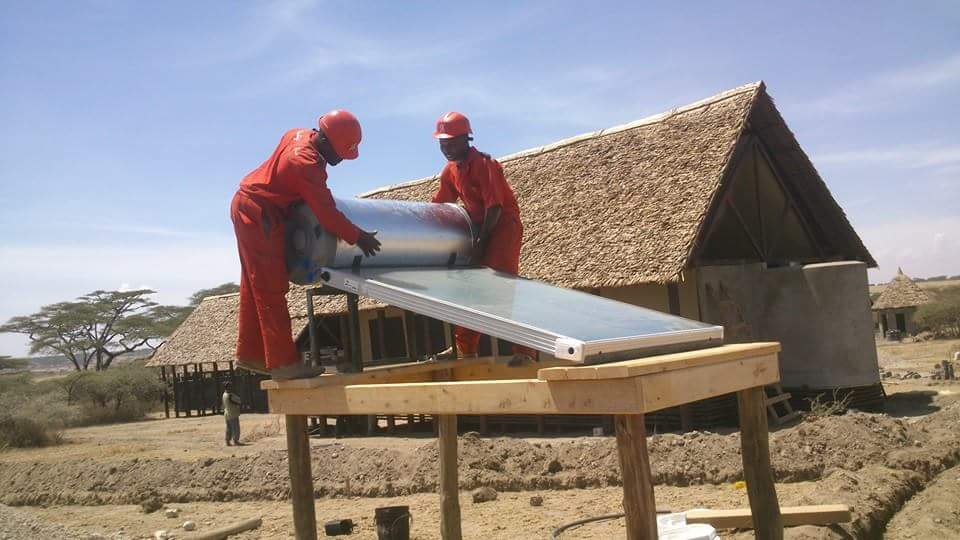
Solar water heating systems, similar to solar panels, require extended exposure to sunlight to work efficiently. It is thus necessary to ensure no elements, such as branches, trees, and such, are obstructing the solar collector.
You should also ensure your collector remains clean and free from leaves, bird droppings, and such. If you are not familiar with cleaning solar equipment, please contact our team. It is also important to ensure the piping and connections are well-sealed and up to standard.
We, at GadgetroniX, always aim to offer trustworthy quality products to our clients. We thus recommend Calpak water heaters as they are a reliable, efficient, and relatively inexpensive brand. Our technicians are expertly trained to advise you on the best types and capacities of solar heaters which will fit your daily requirements.
